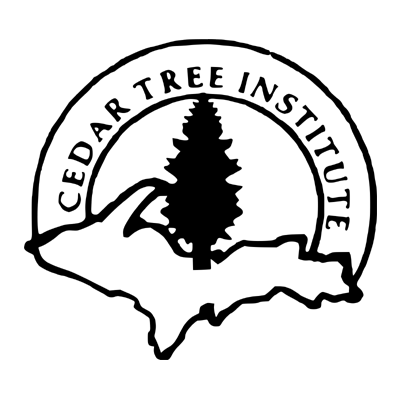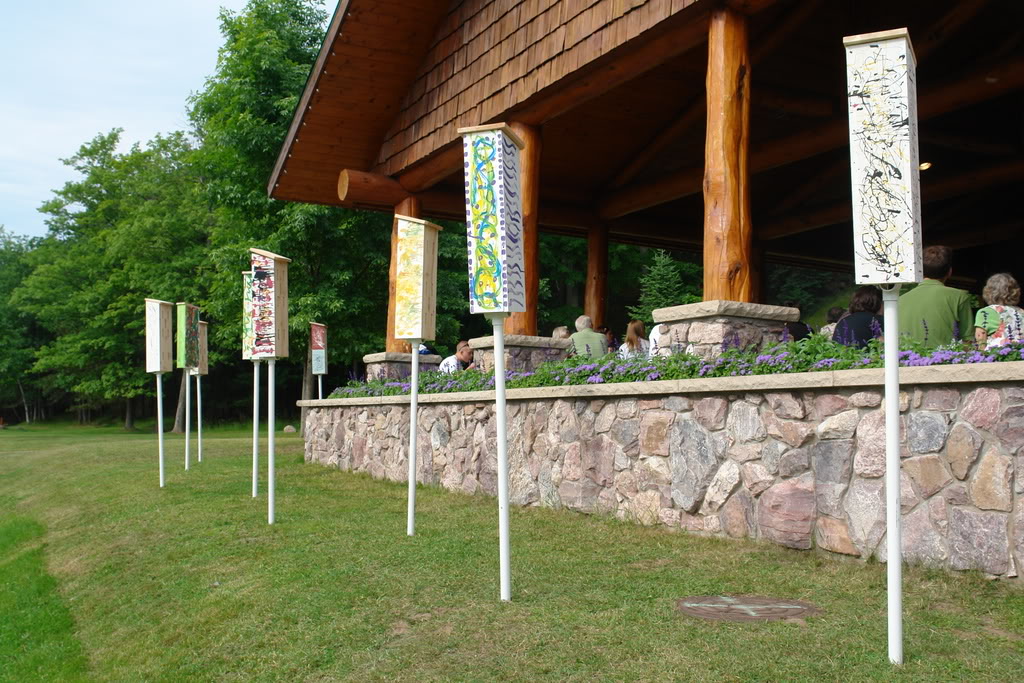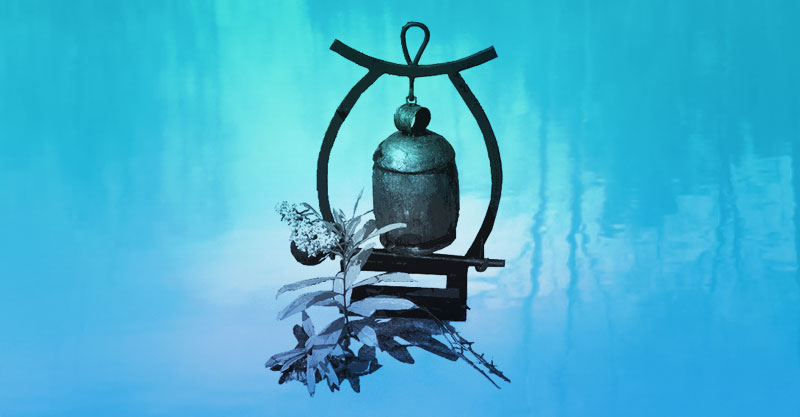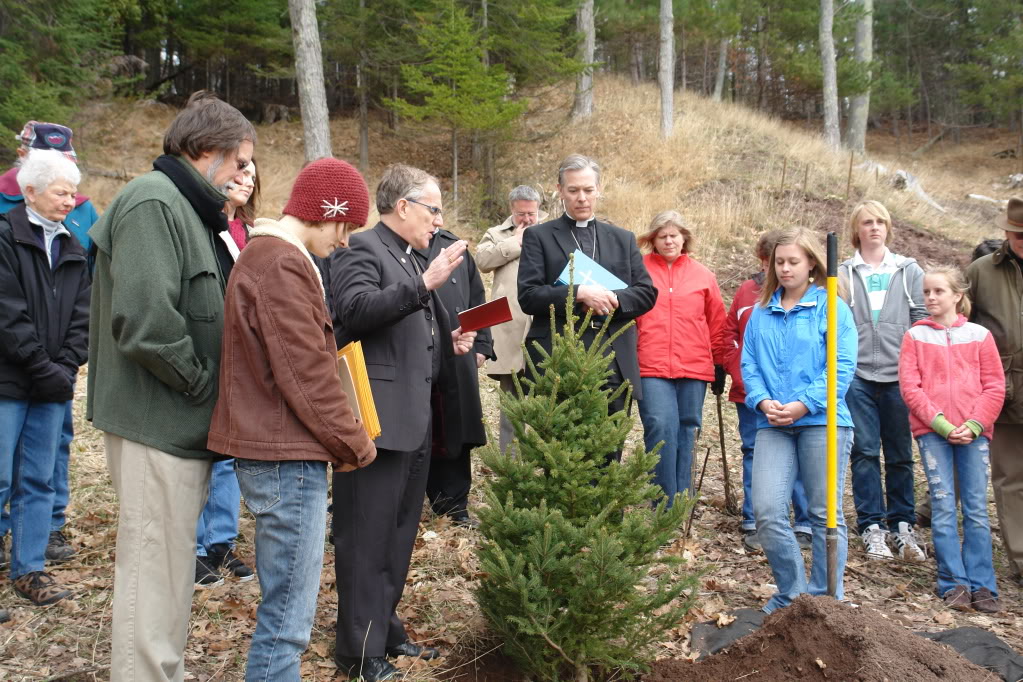Video: Wings & Seeds The Zaagkii Project
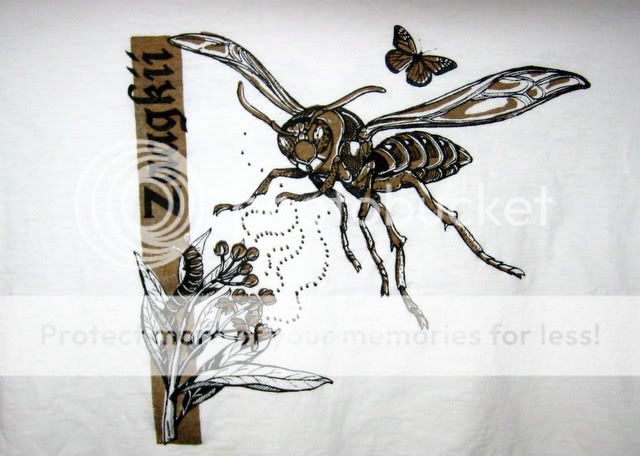
(Marquette, Michigan) – Northern Michigan teens are on a mission to protect pollinators by helping butterflies and restoring native plants to areas of the Upper Peninsula.
Perhaps the best know pollinators are bees – like honey bees and bumble bees.
Billions of these bees are dying across the world in a syndrome called Colony Collapse Disorder.

Zaagkii Project artwork created by a teen volunteer
Bees are disappearing and it’s not clear why – although human impact on the environment are among the suspected causes like pesticides and global warming.
A world without bees would mean world without food. – as was dramatically pointed out in the Jerry Seinfield 2007 comedy – Bee movie.
Bees go on strike causing plants across the world die – that means no food, no flowers, no trees – the death of civilization.
After bees, the next best pollinators are butterflies.
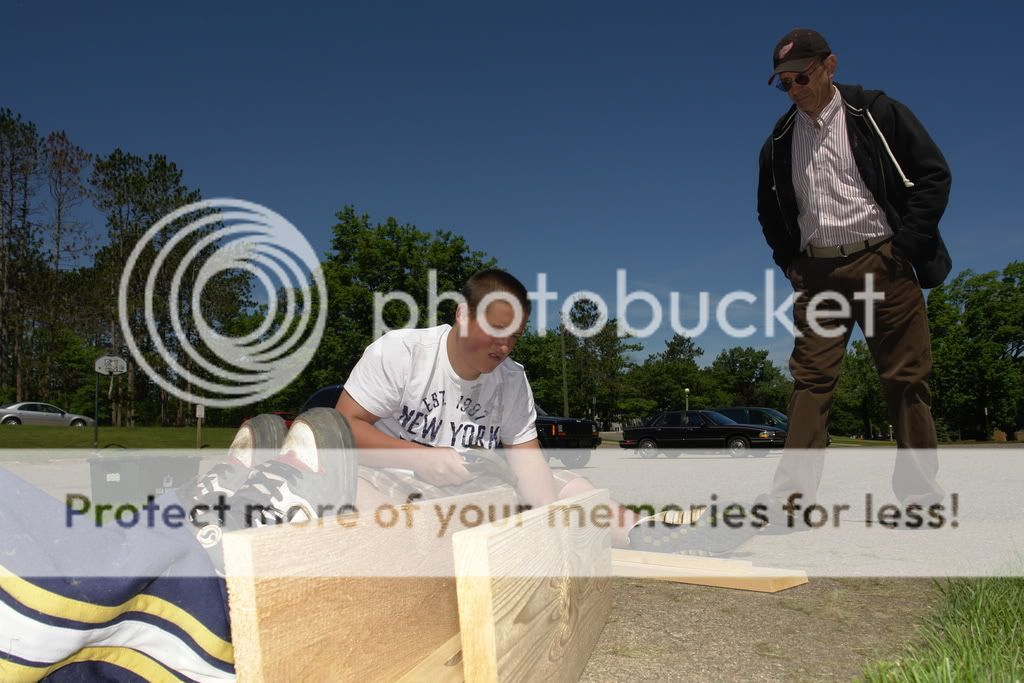
Marquette teens build a butterfly house in July 2008 in the parking lot of the Grace United Methodist Church.
The butterfly houses are longer than the better known birdhouses and are lined with bark.

Marquette, Michigan area teens and Native American youth spent the summer of 2008 building butterfly houses – that are longer and slimmer than birdhouses and are lined with bark.
Teens participating in the Keweenaw Bay Indian Community Summer Youth Program built and painted the houses at the tribe’s Natural Resource Department along Lake Superior.
KBIC Natural Resource Department Director Todd Warner said the Zaagkii Project is a good way for youth to become aware of their connection to natural resources and nature.
The butterfly houses offer protection to butterflies that can enter through tiny slits.

Butterfly houses, pictured above on poles, also offer rest to migrating monarchs and can be used for reproduction.
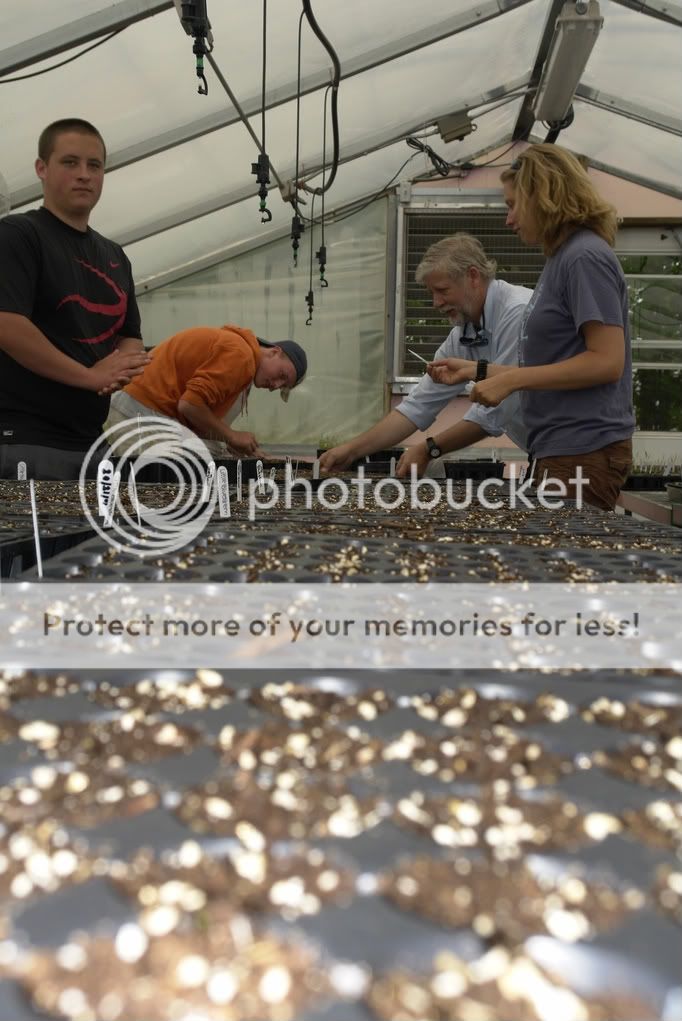
Marquette teens and two Zaagkii Project volunteers are pictured in July 2008 planting native plant seeds at the Hiawatha National Forest Green House in Marquette, MI
Marquette teens have planted or distributed 26,000 native plant including at the Hiawatha National Forest greenhouse in Marquette.
In the spring of 2009 some of the plants will be planted at several areas across northern Michigan including at Sand Point – a beach that the Keweenaw Bay Indian Community has been repairing from the effects of copper mining.
The mine dumped copper processing waste into Lake Superior in the late 1800s and early 1900s – polluting miles of shoreline.

KBIC Photo of Sand Point
The tribe capped the pollution and the native plants will be used to attract wildlife and restore the ecosystem.
The Zaagkii Wings and Seeds Project will enter its second year in the summer of 2009.
This is the first of several videos on the many aspect of the Zaagkii Project that was founded by the non- profit Cedar Tree Institute in Marquette that has sponsored numerous environment projects.

The three-year Zaagkii Project is sponsored by the CTI, Marquette County Juvenile Court, Keweenaw Bay Indian Community (KBIC) and the United States Forest Service (USFS).
Future videos will include a look at a bee farm in Marquette County that fascinated Zaagkii Project teens who received a close look at the hives and learned about the importance of pollinators.
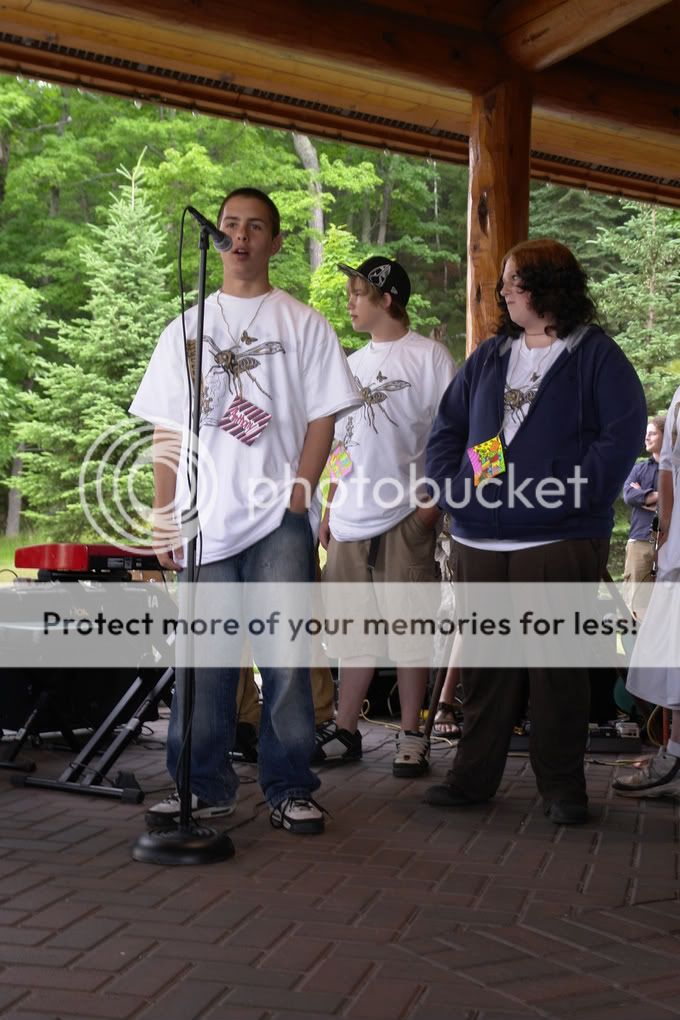
Pictured above, the Cedar Tree Institute held a BBQ in July 2008 to honor the Zaagkii Project teens at Presque Isle Park in Marquette, MI.
The teens visited a KBIC pow-wow where they were recognized. And amongst numerous news stories done on project Jan Schultz of the USFS was interviewed by a California radio station about Zaagkii Project.
The Zaagkii Project is made possible by contributors like the Marquette Community Foundation, the Negaunee Community Fund, the Negaunee Community Youth Fund, the M.E. Davenport Foundation, the Kaufman Foundation, the Phyllis and Max Reynolds Foundation, with assistance from the Upper Peninsula Childrens Museum in Marquette, Mich. and the Borealis Seed Company in Big Bay, Mich.
Wings and Seeds – The Zaagkii Project: wingsandseeds.org
